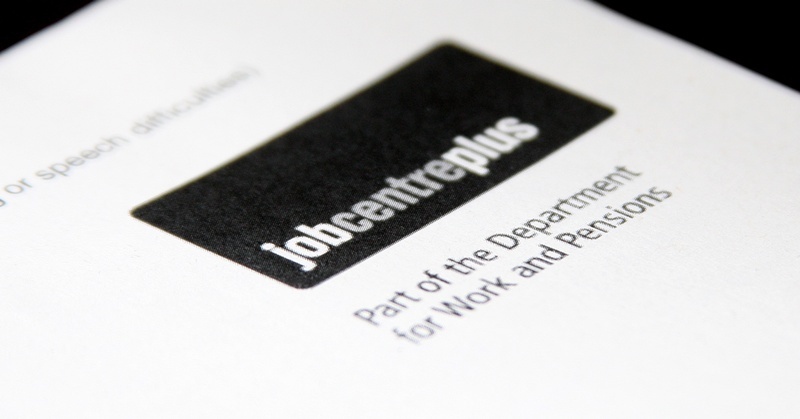An increasing proportion of Scotland’s most deprived areas are in Fife, according to grim statistics.
The figures revealed that one in three Fifers of working age in the region’s highest 20% for deprivation are claiming benefits. This is compared to one in 20 in the least deprived 20%.
And 60% of children across the region are living in income poverty.
The worst hit are communities in Levenmouth, Kirkcaldy and Cowdenbeath, with ”pockets” of poverty in Dunfermline and the west Fife villages.
Meanwhile, Glenrothes was described as having an ”emerging concentration” of deprivation in a report compiled by Fife Council’s housing and community services for Fife Partnership Board, which involves the council, NHS Fife, Fife Constabulary and other agencies.
Living in the region’s poorer areas could make the difference between life and death, with those in deprived communities twice as likely to die before they reach 75 compared to those in more affluent areas such as central St Andrews.
Life expectancy can be up to 10 years less in the poorest areas. Health bosses on Fife NHS Board discussed the statistics this week. NHS Fife chief executive George Brechin said there was a direct link between people’s health and their income.
”The best thing to do to improve the health and wellbeing of the population is to ensure that more people have jobs,” he said. ”While we want most people to be in work, we want to ensure those not in work are protected as well.”
Parts of Fife were described as suffering from a ”legacy” of poverty, despite the region’s growing involvement in renewable energy technology, raising hopes of job creation and regeneration.
Earlier this year Fraser Phillips, who chairs the Fife Economy Partnership, said the economy was in a ”delicate and critical state” but hailed renewables and tourism as having the potential to ”go some way to picking up the fall-out from the inevitable job losses in the public sector”.
Director of public health Dr Eddie Coyle said that while some communities in other parts of Scotland, for example Glasgow, had lifted themselves off the bottom of the deprivation league, Fife was struggling to regenerate its poorest areas.
”There’s a legacy issue. It’s very difficult in the short term to address that legacy,” he added.
Elected board member Susan Archibald warned that changes to housing benefit and other claims could increase homelessness and put a strain on the NHS in years to come.
She said: ”I seriously think the health board is going to bear the brunt of it because people are going to be filling up beds. You’ve no idea what’s ahead of us.”
The report by housing and community services executive director Steve Grimmond highlighted the Christie Commission report, which asserted that combatting the effects of deep-rooted inequalities was ”the greatest challenge facing public services”.
It went on: ”Research shows that inequalities are damaging not only for those at the wrong end of the gap but also for the whole population.
”Past evaluations of approaches and programmes have highlighted a tendency to spread investment and focus across too wide a thematic or geographic canvas with consequential dilution of impact. Ever greater challenges and reduced resources strengthen that perspective.
”Certainly there has been insufficient real change in the areas of persistent, hard-to-shift multiple deprivation in Fife.
”We need to consider concentrated focus on a few areas and challenge partnerships, partners and programmes to use mainstream funding to make a sustainable difference, applying progressive policy thinking around early interventions, early years investment and assets approaches.”
